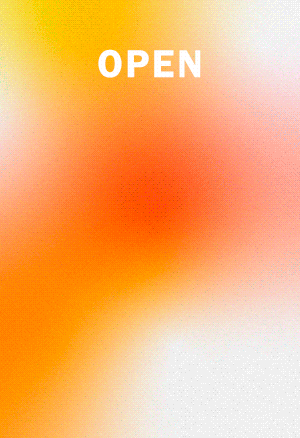Teresita Fernández
Lehmann Maupin, New York
Teresita Fernández’ latest exhibition “Night Writing ” is a natural evolution of her larger artistic practice that has for some years focused on the world’s natural elements as its central theme: from Bamboo Cinema, 2001, in collaboration with Public Art Fund to Fire, 2005, acquired by San Francisco Museum of Modern Art in 2007 to Stacked Water, 2009, an installation at the Blanton Museum of Art. For Lehmann Maupin’s Chrystie Street gallery in New York, Fernández chose the celestial skies.

A palette of shocking pink, white, grey and black underlies all of the work in “Night Writing ”, to ensure that the series of landscape and portrait “paintings”, and the large tubular installation in the gallery’s sky-lit main room, appear cohesive. Despite a traditional format, the paintings are able to break from the boundaries of their frame thanks to the luminescent colors that emanate from each handmade, dye-saturated pulp page— reminiscent of the energy and visual effect of the Northern Lights. In addition, sequences of punched holes backed by mirror symbolize glittering stars that reflect and absorb the presence of the viewer to create interplay between interior and exterior space. These holes are, however, multifunctional and form the pieces to a larger coded puzzle. The holes (or dots) are in fact Braille, and spell out the name of the celestial constellation that each work is named after. In this way, the dots aesthetically represent a hidden language that is visible but untouchable under the work’s frame—and therefore unreadable. This is a reference to the 19th-century secret code “Ecriture Nocturne” or sonography used by Napoleon’s soldiers to communicate silently in the dark, the coded system that also inspired Louis Braille. In this way, Fernández skillfully toys with aesthetics and functionality combining and inverting their roles at will.
Untitled, 2011, is a large tubular installation comprised of layers of polycarbonate tubing spanning the length of the room that, when viewed from below, appear as an undulating mass of cloud cover. An ethereal light from the skylight above peaks through the gaps of its linear layers illuminating its edges to highlight details of its abstract form. As the light of day changes, the tones of the colored tubing change to again invite spatial interplay between interior and exterior space. As light from outside pours in, the interior becomes subject to the transience of real time, making our experience and that of the rest of the world, interdependent. As with most of Fernández’s work, Untitled can be encountered from multiple viewpoints, and a top floor bird’s eye view experiences stronger light that deepens the contrast between the polycarbonate layers, heightening its intensity by lending its rise and falls added perspective. This view is akin to looking out the window of a plane over a slowly darkening blanket of cloud cover.
Fernández masterfully combines abstraction, relief, science and spacial play to make each work appear ethereal, ungraspable and delightfully fresh. In this way, “Night Writing” is both an “otherworldly” experiential exploration and an aesthetic delight.
-
 Night Writing (Tristan and Isolde), 2011 colored and shaped paper pulp with ink jet assembled with mirror 58.27 x 108.27 inches (paper) 148 x 275 cm Edition of 1 Courtesy of the artist, Lehmann Maupin Gallery, New York and STPI, Singapore
Night Writing (Tristan and Isolde), 2011 colored and shaped paper pulp with ink jet assembled with mirror 58.27 x 108.27 inches (paper) 148 x 275 cm Edition of 1 Courtesy of the artist, Lehmann Maupin Gallery, New York and STPI, Singapore




